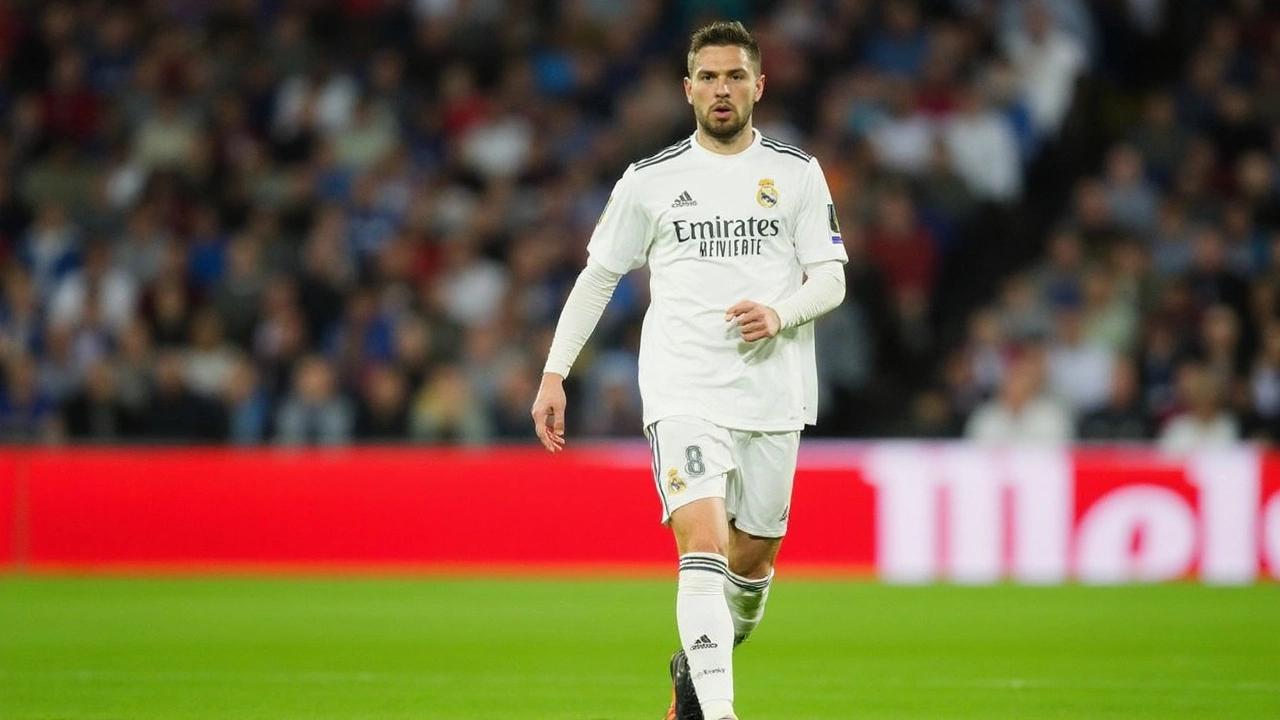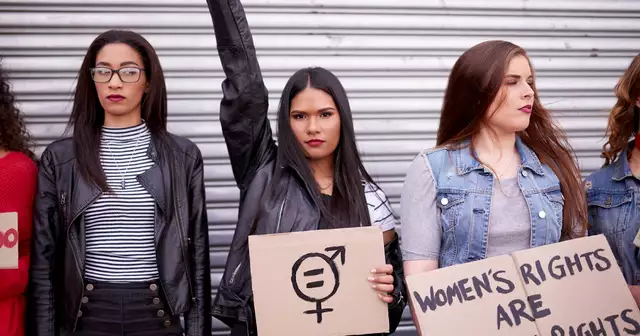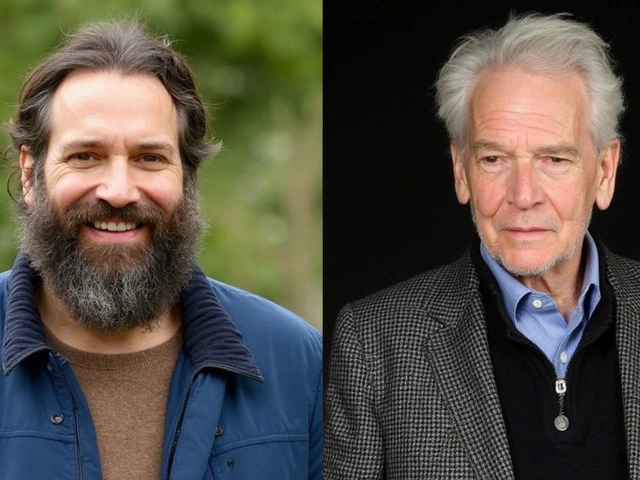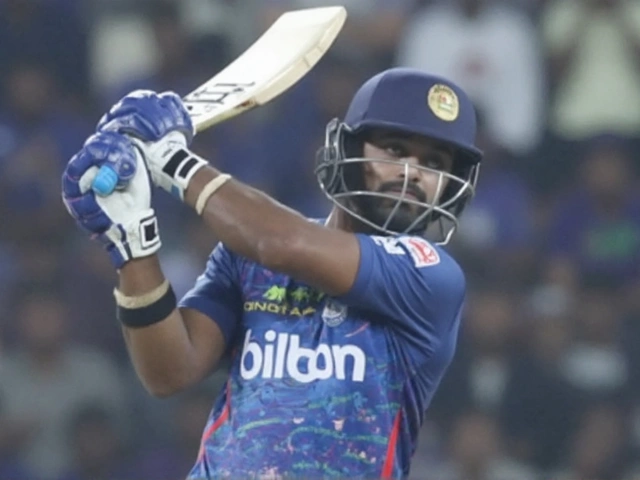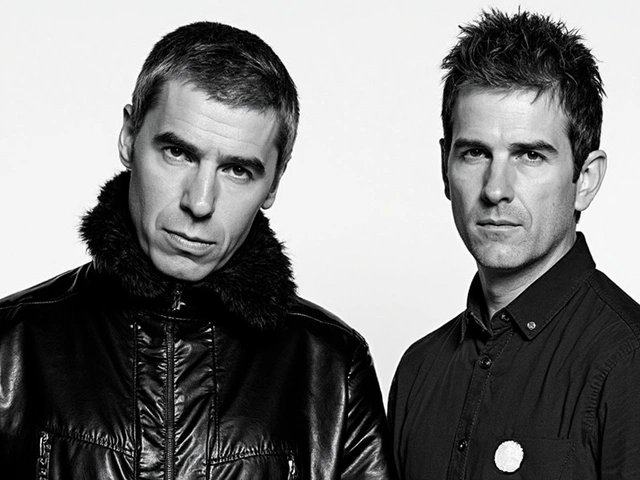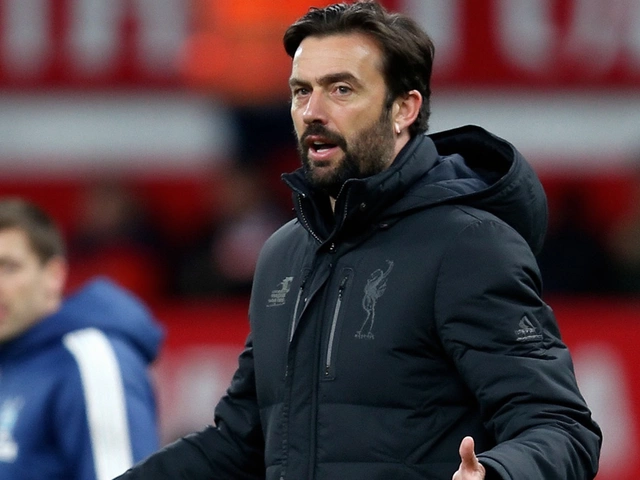Child Abuse Investigation: A Coach’s Quick Guide
Every season you see kids training, competing, and having fun. But behind the excitement, a dark reality can hide – abuse of young athletes. Recent headlines have shown how quickly a trusted coach can cross the line, and why it matters to every person involved in New York sport. This guide gives you plain‑language steps to spot warning signs, act fast, and keep your team safe.
Spot the Red Flags
Abuse isn’t always obvious. A child might not say anything outright, so you need to watch behavior and environment. Look for sudden changes in mood, unexplained injuries, or a child who seems unusually fearful around a particular adult. Other signs include secretive phone calls, excessive gifts, or a coach who isolates a player from teammates. If a child repeatedly arrives late or leaves early without a clear reason, that could be a warning too.
Trust your gut. If something feels off, it probably is. Talk to other coaches, parents, or a safeguarding officer about what you’ve seen. Sharing concerns early can prevent a longer investigation later.
What to Do When You Suspect Abuse
The first rule is never to investigate yourself. Your job is to report, not to confront the alleged abuser. In New York, any coach, teacher, or volunteer who works with minors is a mandatory reporter. That means you must contact the NY State Office of Children and Family Services (OCFS) or call 311 within 24 hours of a reasonable suspicion.
When you make a report, give as much detail as you can: the child’s name, the date and location of the incident, and what you observed or heard. Keep a written note of the conversation, including the time you called and who you spoke with. This record protects you and helps investigators piece together the story.
After you report, your club should follow its safeguarding policy. That usually includes removing the suspected staff member from any duties involving children while the investigation is underway. It also means informing the child’s parents or guardians, unless the child’s safety would be at risk by doing so.
Support the young athlete. Let them know they’re believed and that you’re there to help. Offer counseling resources, such as the New York Child Welfare Hotline (1‑800‑942‑2872) or local mental‑health services. Remember, the child’s wellbeing comes first, not the reputation of the club.
Finally, stay educated. Attend any safeguarding workshops your organization offers, and keep up with NY State’s child protection laws. The more you know, the faster you can act when something slips through the cracks.
Child abuse investigations are serious, but they don’t have to be overwhelming. By staying alert, reporting promptly, and following clear procedures, you protect the kids you love and keep the sport thriving. Keep this guide handy, share it with colleagues, and make safety a daily habit on the field and in the locker room.
Kieran Lockhart, Feb, 12 2025
Spanish Court Denies Raúl Asencio's Appeal in Child Abuse Material Case
A Spanish court rejected Raúl Asencio's attempt to stop an investigation into allegations he distributed child sexual abuse material. The Real Madrid defender, facing potential imprisonment, claims innocence while the case continues to impact his rising football career.
View More